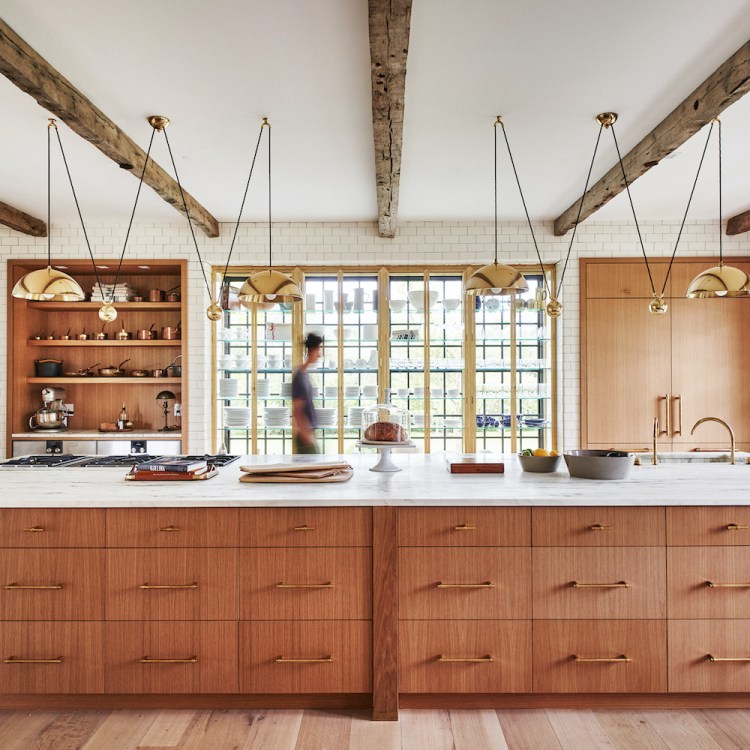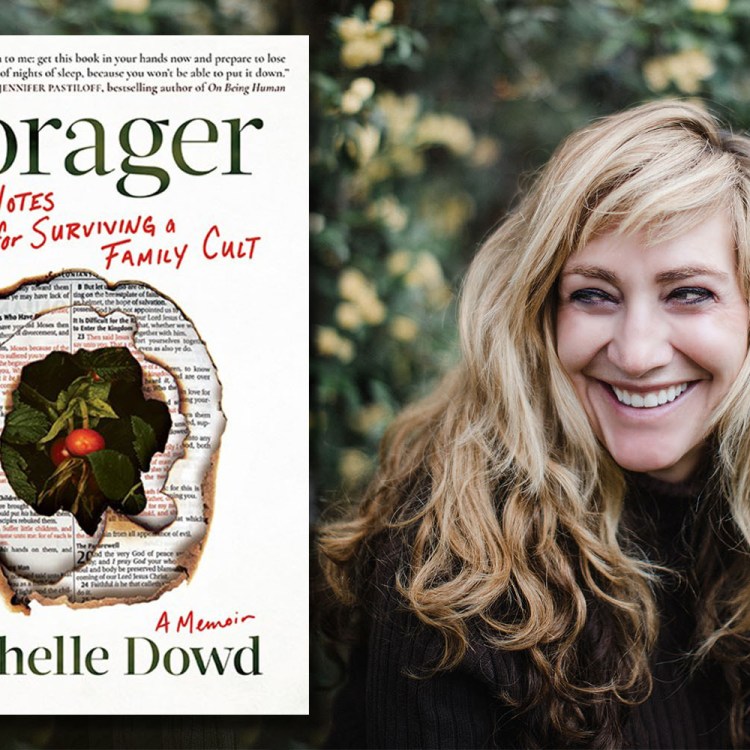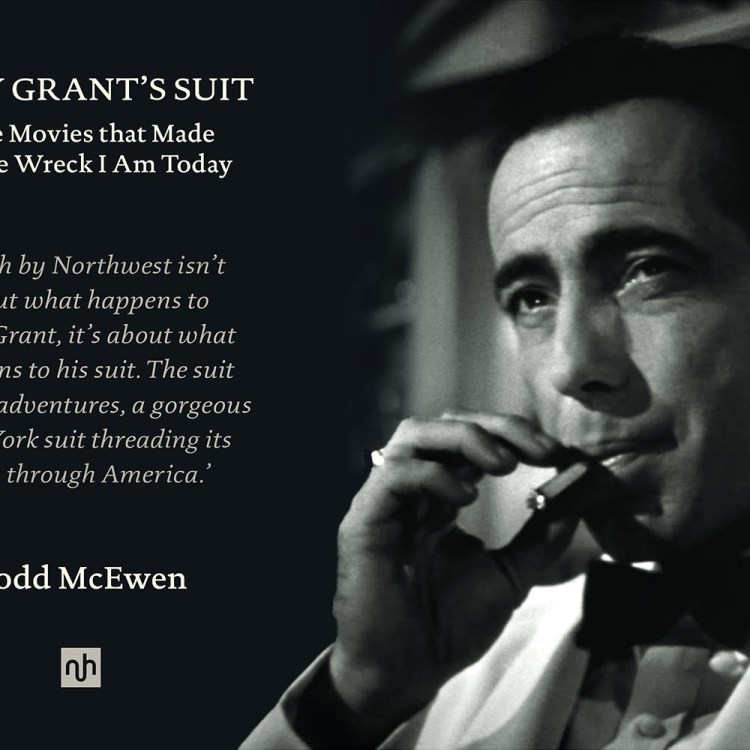Last night, Donald Trump once again invoked the imminent death-by-reverse-gentrification of the American suburbs during a tedious 70-minute acceptance speech for the Republican nomination in the upcoming presidential election.
His party, the narrative seems to go, are expressly and exclusively capable of protecting suburbia from all of the ills that will allegedly befall it under Democratic rule: peaceful protest, sensible police reform, equal rights for people of all creeds and ethnicities, etc. Without getting into the more reprehensible aspects of this argument, there is one very simple reason that the American suburbs don’t need governmental interference to protect their way of life: they are more than capable of doing it themselves.
That fact is made clear in The Sprawl, a new book from InsideHook Features Editor Jason Diamond in which he explores his own ambivalent relationship to the “weird American suburbs.”
Diamond spent the first half of his life trying to run away from the sprawled-out Chicago communities that raised him, but in his book, he returns to suburbia to explore the love-hate relationship that he — like so many other predominantly upper- and middle-class Americans — has with the place he calls home. Below, in an exclusive excerpt for InsideHook, Diamond breaks down the so-called “Battle for Nod Road,” in which the savvy, monied residents of quiet Connecticut subdivision swiftly and effectively organize to stop the development of a large condominium complex down the block. -Walker Loetscher, Editor in Chief, InsideHook
Golf is the perfect suburban sport. You play it outside on a course with grass that’s constantly maintained, it’s slow, and you can take a motorized cart to get from one hole to the next. You could theoretically walk it, but most people don’t want to lug their clubs. Also, like some suburbs, some golf courses are exclusive about who they let in. That might have something to do with the fact that of the 25.7 or so million golfers across the country, 20.3 million were listed as white according to a 2013 study published by Golf magazine. Twenty million. That’s nearly the population of the state of Florida. In comparison, 3.1 million Latino people, 1.3 million African Americans, and 1 million Asian people play golf.
And there are plenty of people who don’t like golf, or, at the very least, who don’t see the point of it, just like there are plenty of people who don’t like or see the point of the suburbs. There’s the sheer amount of land used, which is usually over two hundred acres, and the money lost on courses. Spencer Gardner, a transportation planner in Madison, Wisconsin, explored how much money his town was losing on the four municipal golf courses in the city in 2016. Looking at property taxes in the area, he found that if the forty-two acres that made up one course had never been set aside for golf, and instead had been developed like similar neighborhoods, the missing tax revenue would have amounted to nearly $660,000. As Gardner puts it, “The opportunity cost of reserving 750 acres of land as golf courses is that the city cannot collect tax revenue on the productive use of that land,” meaning the city loses millions in taxable revenue, money that could go to funding schools or helping the homeless population.
Unlike Madison, Wisconsin, Avon doesn’t have a visible homeless population. It is, for all intents and purposes, a well-to-do area. I’m not sure why it has three golf courses, but financially speaking, they don’t look to be as much of a suck on the local economy as they might be in other cities. Avon and its surrounding area are full of people who love to golf. Golf is part of the package that tries to lure businesses and businesspeople there. Is it a waste? Visit any of the courses on a given day and you’ll see maybe a dozen people using the two hundred acres. Then, factor in the water it takes to keep the greens green and all the things you might hear locals complain they don’t have — from more public parks to bike paths — and you be the judge. I’m fine with golf and having some golf courses here and there, but no, I don’t think you need three within a town that’s less than twenty-five square miles.
Yet when a developer proposed building a freestanding condo of ninety-five units and three houses on the Blue Fox Run course on bucolic Nod Road in 2018, knocking the number of holes from twenty-seven to eighteen, I found myself paying attention. Normally I’d say shrinking the size of a golf course and using the land for more than a few members was a great thing. But the battle to “Save Nod Road,” as the local campaign that propped itself up to fight the development was called, was about more than keeping the course — which one local who plays at all three told me was the “worst” in the area — intact.
“The other side is just pushing, pushing, pushing for this, and when you look back at the town’s plan of conservation and development, which this commission, the planning and zoning commission, created, and it gets revised every ten years, and it started back in 1956, and there’s several different versions of it, it references this property, this land right here that we’re talking about, as unlikely for development,” Robin Baran, one of the cofounders of Save Nod Road, tells me over coffee. Sitting next to her is her partner on the project, Christopher Carville. The two have been neighbors for years, and Carville even owns the popular Pickin’ Patch, where locals get their seasonal produce. It’s the eve of the planning and zoning commission meeting, the one where Keystone Companies LLC and Sunlight Construction Inc. would try to convince the commission to let them convert nearly forty acres of land from agricultural use to residential. “It’s in a floodplain, not recommended for building. And so that’s one of our points we’re driving home, is that, ‘Dear commission, this is what you’ve been saying since 1956 about this land,’” Baran contests.
Early in 2018, Keystone Companies proposed an informal development plan on the course to the planning and zoning meeting. Soon, the plan was revised to include a freestanding condominium of ninety-five units that would live on the golf course, as well as three houses along Nod Road. The developer promised that everybody from empty nesters looking to downsize to small families and young professionals would be attracted to the area, which had had a difficult time attracting those sorts of people. It would’ve gone totally unnoticed, but Carville’s wife, Polly, posted about it on Facebook. Baran, who had never met her neighbors, saw the news of the proposal shared in her feed. “I messaged her and I’m like, ‘Hey, I live across the street from you guys. We’ve never met. I actually think I recognize your name. I think I know who your kids are because I used to substitute in the schools,’” Baran says.
A conversation started, and finally, Baran asked her neighbors if they wanted to meet. That meeting led to calling a neighborhood meet-
ing: “Then next thing we know we have fifty people in my living room, and we went around and put a letter in every single mailbox on Nod Road, Nod Way, Woodford Hills, Hazen, Ridgebury. Fifty-six letters. And invited them for coffee, and I think the most important thing to say about that is: within ten minutes, we took a vote, having never met each other, that everyone was in agreement that we wanted to see no further development on the property. As opposed to allowing some, or trying to get them to reduce it. It was just unanimous.”
The Save Nod Road group went from a few signs along the road to a full-fledged 501c3 nonprofit. On its website, one of the concerns listed about the possible new development was that it was “completely out of character on this scenic and rural road,” which includes a beautiful view of Carville’s Pickin’ Patch, where local kids get their Halloween pumpkins in October, and of Tower Ridge Country Club, which comes complete with yet another golf course. All in all, golf courses take up a good amount of land in Avon, but this was about more than just losing a few holes: “We’re pro responsible development,” Baran tells me.
“This isn’t about stopping every development proposal that comes on
the scene. It’s more about looking at where they’re proposing to build this stuff, and what are the motives behind it? And is there a need for it? There is no need for this. And the motive behind it is for—”
“Profit,” Carville interjects.
But there was another problem the new homes would cause. Besides losing the nice views and the increase in traffic on Nod, there was the environmental impact to worry about, including whether the inland wetlands, wildlife, and Farmington River would suffer any damage. Avon is filled with creatures big and small, from woodpeckers to the state’s largest population of bears roaming the forests. It has the kind of natural beauty developers keep wiping away to build more stuff. More stuff that seems unnecessary. The fight for Nod Road became a big deal locally. I noticed some of my wife’s childhood friends putting the nonprofit’s logo on their Instagram; the local news started to cover it; the Save Nod Road site,
which was beautifully designed, included a “News and Media Blog” that was updated regularly as news trickled in. Locals were invested in keeping the condos away. Over eight hundred of them liked the Facebook page for the little local movement. There was a fundraiser at Metro Bis, which isn’t located in Avon, but in nearby Simsbury, and the event featured a five course menu that included salmon and a braised beef brisket, each plate with a wine pairing for $125 a person. There was even merchandise: buttons, large lawn signs, and, of course, T-shirts. This was suburban activism. The people of Avon, a place where insurance industry executives and small business owners live a mostly peaceful existence, had to stand up and fight for their community.
Sure, some of the activism was simply sticking signs in lawns or spend-
ing over a hundred bucks a head to eat a nice meal at a fundraiser, but it was a movement nonetheless. The idea of a bucolic existence was being
threatened, and the people weren’t having it. The citizens of Avon got organized: you come for our way of life, and we’ll fight back, the people of the Connecticut town were saying. They weren’t exactly going to change the world, end war, cure cancer, or send shockwaves throughout the American political system, but the developer trying to build condos on the golf course did awaken something in the people of the quiet Connecticut town.
This article was featured in the InsideHook newsletter. Sign up now.





















